Imagine capturing the perfect moment along the coastline, where the sun dips below the horizon, casting a golden glow over the waves. Or perhaps the serene beauty of a calm sea reflecting the sky above, creating a masterpiece that feels almost magical. Whether you’re a seasoned photographer or just beginning, mastering the art of capturing seascape moments can transform your shots from ordinary to extraordinary. From understanding the elements of a seascape to employing coastal photography techniques, this guide will walk you through everything you need to know to create stunning imagery that immortalizes these fleeting yet unforgettable moments. With the right approach, you’ll be able to harness the power of light, composition, and timing to craft photos that resonate long after the moment has passed. Let’s dive in and uncover the secrets to becoming a master of capturing those perfect seascape moments.
Key Takeaways
- Capture the perfect moment by staying alert and ready at the right time.
- Use a tripod for stability, especially in low-light conditions.
- Optimal lighting comes during the golden hour for soft, diffused illumination.
- Avoid harsh lighting by seeking shade, clouds, or structures.
- Master composition with techniques like the rule of thirds and leading lines.
- Keep the environment clean to avoid distractions and enhance focus.
- Utilize manual mode for control over lighting and depth of field.
- Focus on mood and emotion to tell a compelling story.
- Highlight action and expression to convey the essence of the moment.
- Review, edit, and organize your photos for quality and efficiency.
- Backup your work to safeguard precious moments.
- Share your passion on social media and submit to competitions like the Sailing Photo Awards.
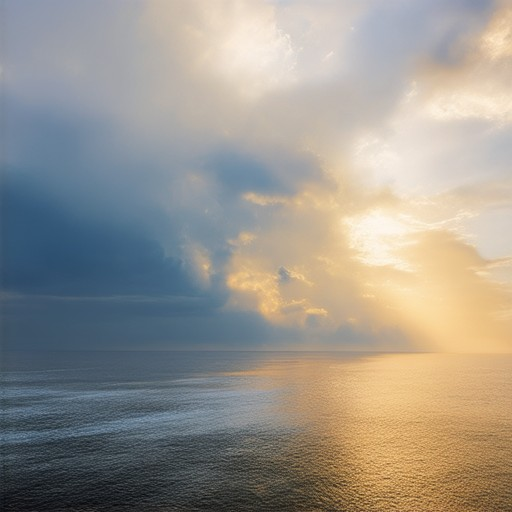
How to Take Pictures of Seascapes
To capture stunning seascapes, follow these essential steps:
- Choose the Right Equipment
- Camera : A high-quality smartphone or a DSLR camera with a wide-angle lens works well.
- Tripod : Essential for stability, especially for long exposures.
- Neutral Density (ND) Filter : Reduces the amount of light entering the lens, allowing longer exposures without excessive motion blur.
- Plan Your Shot
- Timing : Shoot during low tide for exposed sandbars and calm waters, or during golden hours (sunrise/sunset) for dramatic lighting.
- Location : Find secluded beaches or coastal areas with unique features like rock formations or smooth water surfaces.
- Set Up Your Camera
- Manual Focus : Switch to manual focus for precise control.
- Low Aperture : Use a lower aperture (e.g., f/16) to increase depth of field and keep the background sharp.
- White Balance : Adjust for the ambient light conditions to enhance color accuracy.
- Capture the Moment
- Long Exposures : Use your ND filter to extend shutter speeds to several seconds or minutes.
- Burst Mode : For fast-moving subjects like waves, use burst mode to capture multiple frames.
- Silhouette Shots : Experiment with shooting against the sun for dramatic silhouettes of boats or surfers.
- Composition Techniques
- Leading Lines : Incorporate elements like waves or rocks leading the viewer’s eye.
- Rule of Thirds : Place key elements a third of the way into the frame for balanced compositions.
- Foreground Interest : Add depth with boats, rocks, or other elements in the foreground.
- Post-Processing
- Adjustments : Use editing software to fine-tune colors, contrast, and white balance.
- Noise Reduction : Reduce graininess in long exposures.
- Sharpness : Enhance focus and clarity for crisp images.
- Explore and Share
- Join Communities : Engage with online forums and groups dedicated to seascapes and nature photography for feedback and inspiration.
- Experiment : Keep experimenting with different angles, times, and locations to refine your style.
By following these steps, you can create captivating seascapes that showcase the beauty of the ocean.
The Rule of 3 in Landscape Photography
The Rule of 3 is a fundamental composition technique in photography that divides the scene into nine equal parts using two horizontal and two vertical lines. These lines intersect at three points, creating a 3×3 grid. The idea is to place the most important elements of your scene at these intersection points or along the lines themselves.
Key Points to Keep in Mind:
- Balance and Symmetry: By placing subjects at the intersection points, you create a sense of balance and symmetry in the photograph, making it more visually appealing to viewers.
- Leading Lines: Use leading lines (the horizontal and vertical lines) to guide the viewer’s eye through the frame, leading them to the most important elements in the scene.
- Visual Weight: Elements placed at the intersection points often appear heavier or more significant to the viewer, emphasizing their importance in the composition.
- Dramatic Contrasts: The Rule of 3 can enhance dramatic contrasts between light and dark areas, adding depth and interest to the photograph.
When to Break the Rule:
While the Rule of 3 is a helpful guideline, it’s important to recognize that there are no strict rules in photography. Sometimes, breaking the rule can create a more dynamic or unique composition. Experiment with different layouts to find what works best for your style and subject matter.
Practical Application:
In landscape photography, the Rule of 3 is particularly useful for organizing elements like mountains, forests, and water features. Place the horizon or foreground elements at the intersection points to create a balanced and harmonious image. For example:
- Place the main subject (like a tree or rock formation) at one of the intersection points.
- Use the lines to lead the viewer’s eye towards distant elements like a sunset or a mountain range.
- Experiment with panning shots to capture the full width of the scene while maintaining balance.
Practice and Experimentation:
To master the Rule of 3, practice by identifying the intersection points in your viewfinder and mentally noting where key elements should be placed. Over time, you’ll develop a better eye for composition and learn when to apply this technique effectively.
By understanding and applying the Rule of 3, you can create more engaging and visually appealing landscape photographs that captivate viewers.
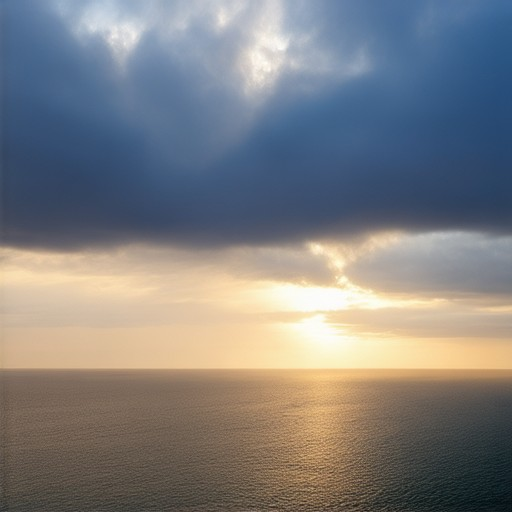
The Golden Rule of Landscape Photography
The golden rule of landscape photography revolves around capturing the perfect lighting conditions and composition to bring out the natural beauty of the scene. While there are many principles to consider, one of the most fundamental is timing. Here’s a breakdown of the key aspects:
Timing
- Golden Hours : The best times to shoot landscapes are during the golden hours—dawn and dusk. During these times, the light is soft, warm, and directional, creating dramatic shadows and highlighting textures in the landscape. This is often referred to as the “golden hour” effect.
- Seasonal Lighting : Different seasons offer unique lighting conditions. For example, winter landscapes often benefit from harsher, more contrast-heavy lighting, while spring and summer bring softer, brighter light.
Composition
- Rule of Thirds : Use the rule of thirds to frame your shots. This involves dividing the scene into nine equal parts and placing key elements like the horizon, subject matter, and foreground interest within these segments.
- Leading Lines : Introduce leading lines that guide the viewer’s eye through the frame. This could be a river, path, or mountain range leading towards a point of interest in the distance.
Lighting and Shadows
- Directional Light : Shoot with the sun at your back to cast light across the landscape, creating depth and dimension. This helps in showcasing textures in the terrain and vegetation.
- Shadow Management : Pay attention to how shadows fall within the frame. In landscape photography, shadows can add drama and depth, especially during the golden hours.
Weather and Conditions
- Clear Skies : Ideal for capturing vibrant colors and sharp contrasts, especially during sunrise and sunset.
- Rain or Mist : Sometimes, rain or mist can create unique atmospheric effects, adding moisture droplets to leaves and enhancing the mood of the scene.
Equipment
- Wide-Angle Lens : A wide-angle lens is essential for capturing the vastness of landscapes. It allows you to include more of the scene in front of you, emphasizing the sense of space.
- Tripod : Use a tripod to keep your camera stable, especially on uneven terrain, and to allow for long exposures if needed.
By following these guidelines, you can unlock the potential of your landscape photography and create images that truly capture the essence of the location. Remember, the golden rule isn’t just about timing—it’s about understanding the interplay between light, composition, and the elements of the scene itself.
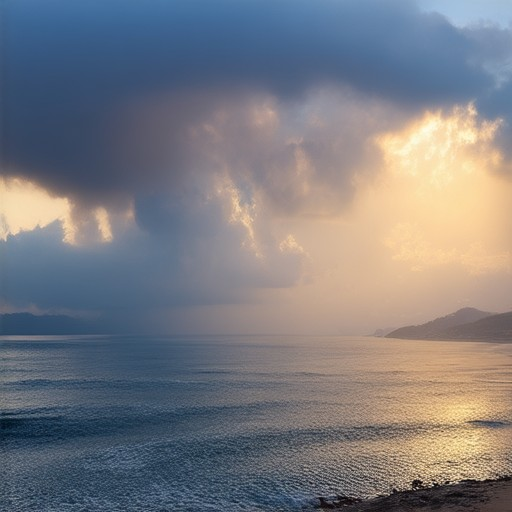
How to Best Capture Moments
To effectively capture moments, especially for events like the Sailing Photo Awards, consider the following tips:
- Timing is Key : Be prepared at the right moment. Many great opportunities are missed due to poor timing. Stay alert and ready to capture the perfect shot when the moment arises.
- Use a Tripod : A tripod ensures stability, allowing you to focus on composition and details without worrying about camera movement. This is particularly useful for low-light conditions or long exposures.
- Golden Hour Lighting : The golden hour, typically 30 minutes before sunrise or sunset, offers soft, diffused light that flatters subjects and creates dramatic silhouettes. This is often the best time to capture memorable moments.
- Avoid Harsh Lighting : Steer clear of direct sunlight, which can cause strong shadows and wash out details. Look for shade, clouds, or buildings to help balance lighting.
- Master Composition : Use leading lines, rule of thirds, and symmetry to create visually appealing shots. Incorporate foreground elements to add depth and interest to your photos.
- Clean Up the Environment : Remove clutter and distractions in the background. A clean composition makes the subject stand out and tells a more focused story.
Shooting Techniques
- Manual Mode : For greater control over lighting and depth of field, switch to manual mode on your camera. This allows you to adjust settings like aperture and ISO to achieve the desired effect.
- Capture the Mood : Pay attention to the atmosphere and emotions in the scene. A photo that tells a story is often more impactful than one that merely captures a subject.
- Action and Expression : Frame your shots to highlight the action or emotion of the moment. Whether it’s a smile, a wave, or a determined look, these expressions convey the essence of the event.
Post-Capture
- Review and Edit : After capturing photos, review them to remove any blurred images or unwanted objects. Edit colors and tones to enhance the mood and vibrancy of the moment.
- Organize Your Work : Use metadata to categorize and organize your photos. This helps in quickly finding and managing your best shots during the submission process.
- Backup Your Files : Always backup your work to prevent losing valuable moments. Consider storing copies on both your computer and an external drive.
Share and Submit
- Share Your Passion : Post your favorite moments on social media or your website to share your creativity with others. Engage with your audience by inviting them to explore your perspective.
- Submit to Competitions : Enter your photos into competitions like the Sailing Photo Awards to showcase your skills and gain recognition. This is also a great way to learn from other photographers and improve your craft.
By following these tips, you can capture the essence of meaningful moments and create photographs that truly resonate with others. Remember, the most important aspect is to enjoy the process and let your passion for photography shine through in every frame.
For more resources and inspiration, visit the Sailing Photo Awards website.
What Do You Call Someone Who Loves to Capture Moments?
A person who has a passion for capturing moments is often referred to as a shutterbug or a photophile . These terms describe someone who enjoys documenting life’s experiences through photography. A shutterbug is typically someone who is very enthusiastic about taking pictures, often carrying a camera wherever they go. On the other hand, a photophile may have a more general interest in photography and capturing meaningful moments.
If you’re looking for a more descriptive term, you might hear someone called a “moment-catcher” or a “memory-maker” , as these phrases emphasize the act of capturing fleeting or significant moments in time. Each term carries slightly different connotations, but they all reflect a love for preserving memories through visual means.
Why These Terms?
- Shutterbug : Originating from the term “shutter,” it implies someone who is eager to press the shutter button frequently, often in casual or candid settings.
- Photophile : A broader term that encompasses anyone with a deep interest in photography, whether professional or amateur.
- Moment-Catcher/Memory-Maker : These terms highlight the intention behind capturing moments, focusing on the emotional and personal aspect of documentation.
Each term reflects a unique perspective on the joy of capturing life’s precious moments, making them versatile depending on the context and the individual’s approach to photography.
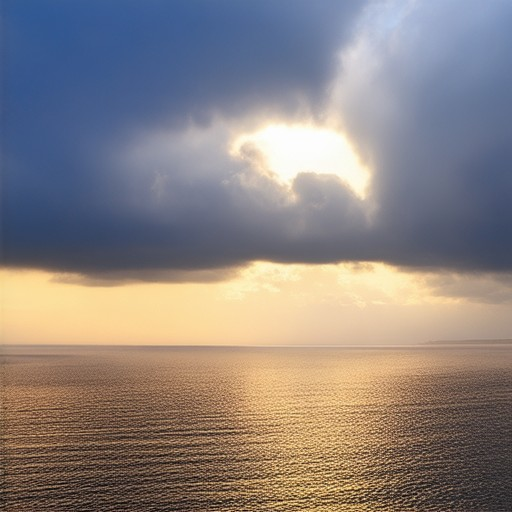
How Do You Capture the Perfect Moment?
Capturing the perfect moment in sailing photography requires a blend of patience, intuition, and technical skill. To help you succeed, here are some expert tips tailored for sailing photo enthusiasts:
- PRACTICE PATIENCE – The best moments often happen unexpectedly. Stay alert and ready to press the shutter at any time.
- OBSERVE THE ENVIRONMENT – Pay attention to weather conditions, lighting, and the movement of water and sails. These factors play a crucial role in creating dramatic shots.
- PREPARE TECHNICALLY – Ensure your camera is fully charged, your gear is ready, and you’re familiar with the settings. This allows you to focus on the moment rather than fumbling with equipment.
- COMPOSE THE SHOT – Look for unique perspectives and leading lines. Experiment with framing that emphasizes motion, texture, or emotion.
- EDIT AND REFINE – Even great shots can be improved. Use editing software to adjust colors, contrast, and perspective to bring out the essence of the moment.
Sailing Photo Awards celebrates the artistry of sailing photography through its gallery of stunning visuals and photography tips . Our community-driven platform invites enthusiasts to share their stories and learn from each other while enjoying breathtaking nautical imagery.
To maximize your chances of capturing the perfect moment, consider submitting your work to Sailing Photo Awards. Showcase your talent and connect with fellow photography lovers who appreciate the beauty of the sea and the creativity of skilled photographers.

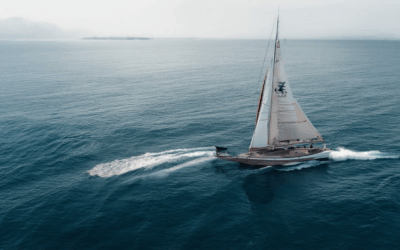
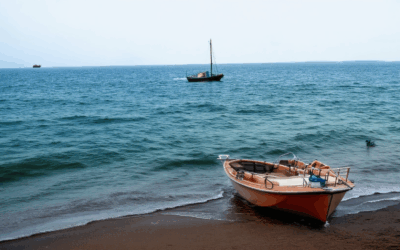
0 Comments